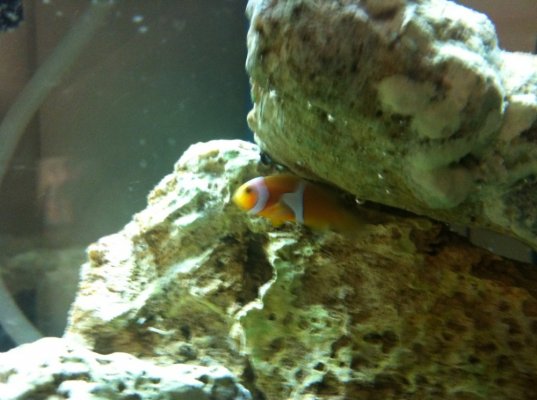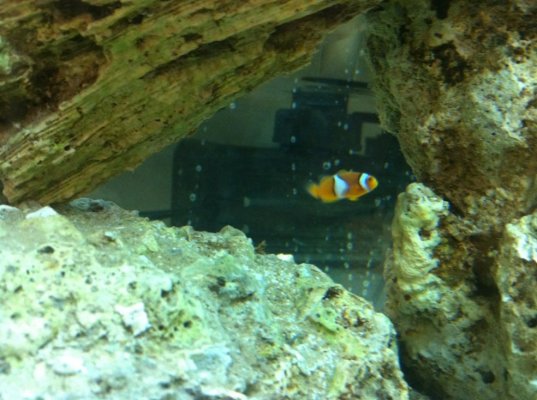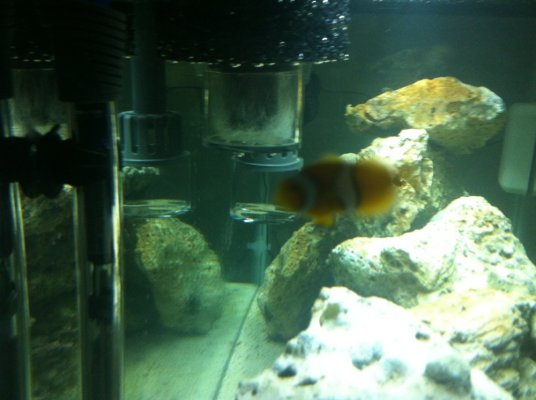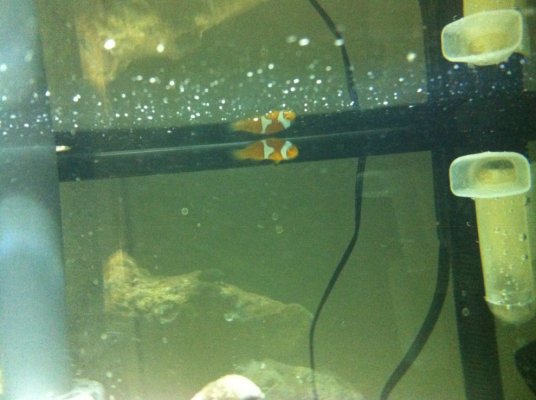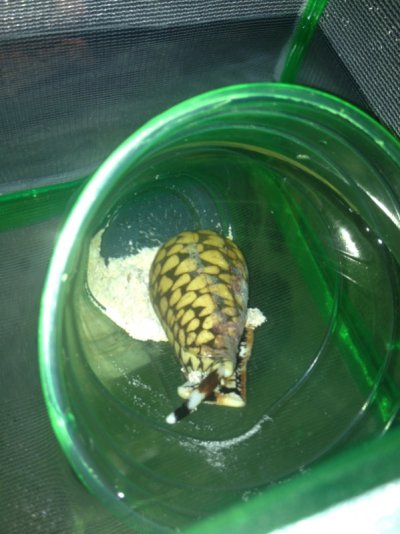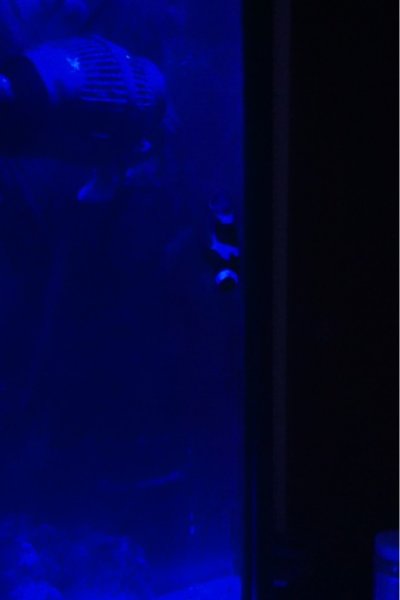"Marine biologist" is a rather broad profession. Fish taxonomy (or systematic ichthyology) is the specific area of biological research devoted to identification and classification of fishes. Moreover, although fish taxonomists are expected to be able to identify many different types of fishes (usually with the aid of published scientific descriptions and keys and comparison with museum specimens), they are usually only expert in just a few groups. (For instance, my area of expertise is in dottybacks, though I have broad experience in identifying reef fishes world-wide.) Amphiprion ocellaris and A. percula are currently regarded to be different species, based mainly on the research of the current damselfish expert (Gerry Allen). The two species are often difficult to distinguish, though the dorsal spine counts (usually 11 in A. ocellaris versus 9-10 in A. percula) and dorsal-fin height (height of fin 2.1-2.9 times in the head length in A. ocellaris versus 3.0-3.4 times in A. percula) seem to be reliable. Coloration is not always reliable, thanks in part to geographic variation (particularly in A. ocellaris). It is possible ... if not not probable ... that future research may show that one or both species are actually complexes of closely related species. (This has already been demonstrated recently for several other Amphiprion species that show "geographic variation.") As for captive bred specimens, I suspect that ... due to inbreeding ... these may not always show the correct characteristics of their species. I have studied the bones of some captive bred specimens (of both species) and it looks like there are high levels of abnormality - incompletely developed pectoral and caudal fin supports, fusion of bones, etc. So it would not surprise me if some showed the wrong dorsal-fin spine counts or fin heights.
Hope this clarifies things a bit ... even though I offer nothing new to the actual identification.
Tony

